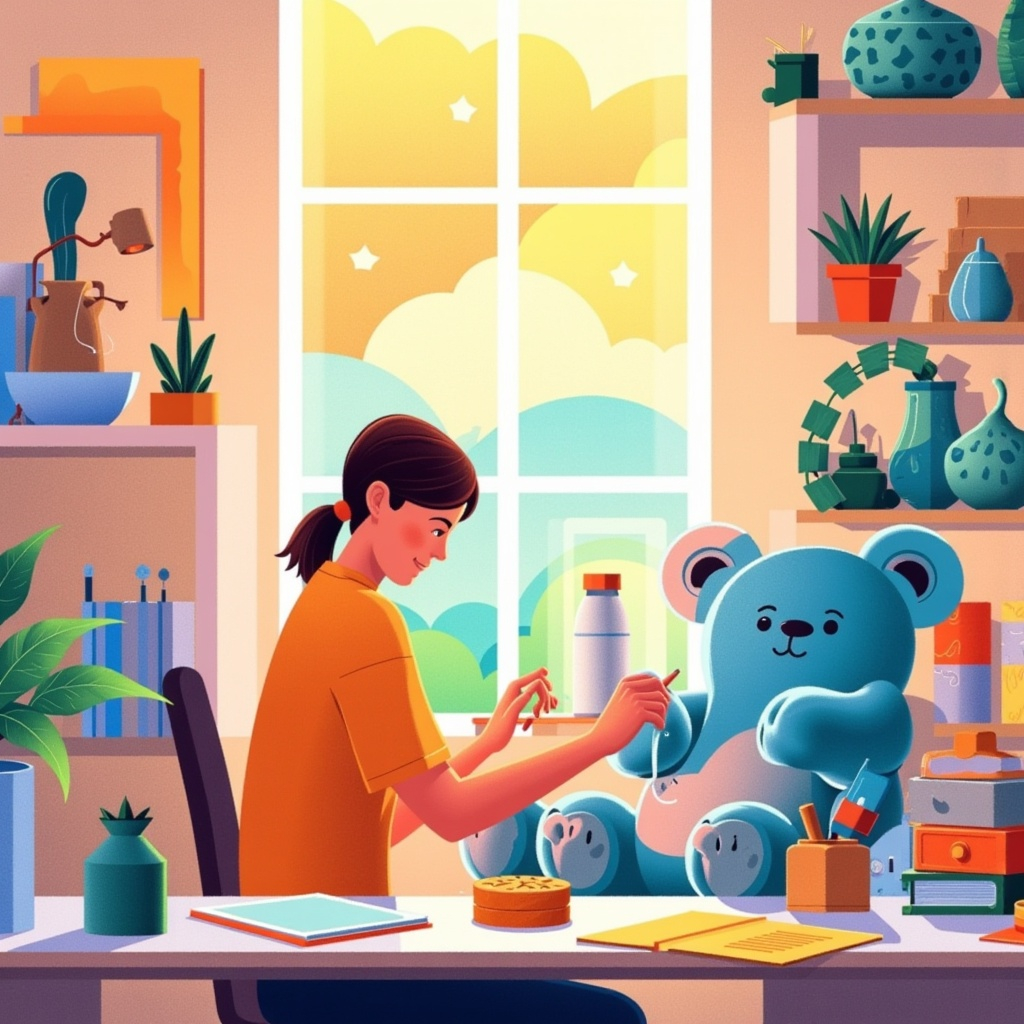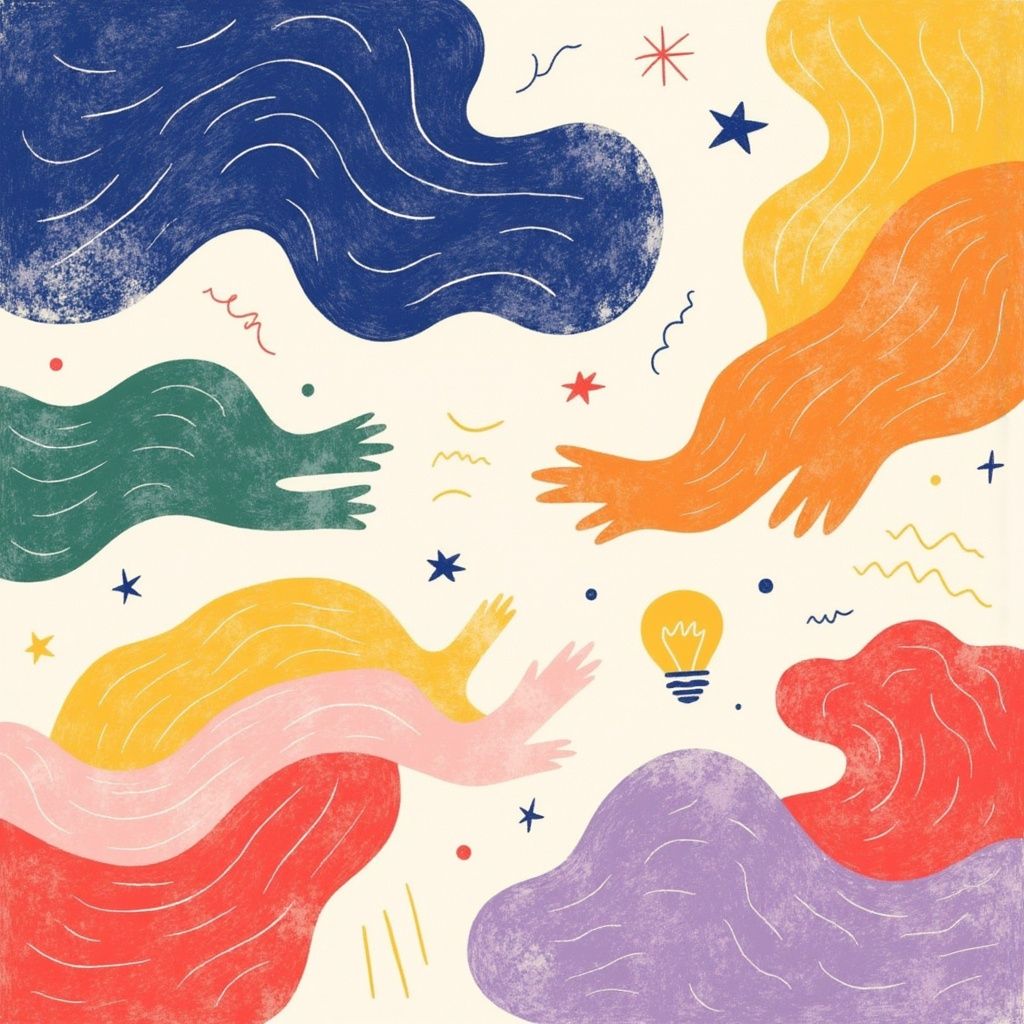How to Design a Toy: 6 Steps
Designing a toy and play experience that stands out takes more than bright colors and catchy names. In addition to creating something fun and original, you must learn how to design a toy for efficient manufacturing. That means controlling material costs, planning for safety testing, and managing each development milestone from concept sketch to retail launch. This article walks you through every stage, highlights common expenses, and gives realistic timelines for each phase.
Step 1: Confirm the Idea and Market Fit
This may seem like an obvious first step, but we are surprised at how many people skip it! Begin by visiting stores and studying online listings to map competing products and ensure you have a clear unique selling proposition. Record age grades, price bands, and play patterns to see where your concept fits. A simple competitive matrix shows which features feel fresh and which are overused. If kids, parents, and buyers still feel excited after this review, you can move forward with confidence knowing you have discovered a solid market opportunity.
Step 2: Create a Digital Blueprint
Most inventors hire an industrial designer once the core idea is validated. Start with rough sketches or image mockups generated with design tools or language models such as ChatGPT. Your designer will transform those sketches into a refined 2D (and sometimes 3D) model that considers materials, safety, ergonomics, and cost. The final deliverable is a tech pack that lists dimensions, materials, colorways, and professional renderings. A factory will not quote or sample without this document.
Step 3: Build Prototypes
For simple shapes you can often print a rapid prototype to check size and basic function. Printed models usually cost two hundred to one thousand dollars and take one to four weeks. Bring your tech pack and printed sample to potential factories so they can quote exact materials and labor. If the toy requires complex mechanisms or specialty materials, skip printing and move directly to a factory sample. Expect two or three prototype rounds before everything feels right.
Step 4: Source a Factory
Despite tariff woes, roughly 70% of toys sold in the United States are still produced in China because of competitive pricing, flexible minimums, and fast lead times. Start your search there, then conduct a factory audit to verify safety practices and ethical labor standards. Check that the plant holds current ASTM or EN certifications for child safety. Before paying tooling deposits, request detailed quotations based on your tech pack and prototype.
Step 5: Build Molds and Pre-Production Samples
Custom shapes require injection molds. Plan to invest anywhere from five thousand to one hundred thousand dollars depending on size, part count, and annual volume. Mold construction typically takes fifteen to forty five days, after which the factory produces pre-production samples. Multiple sample rounds are normal while engineers fine-tune fit, finish, and color. Confirm your annual volume forecast before committing because tooling is usually the largest fixed cost in a toy program.
Typical tooling options:
- Desktop printed pilot mold about $100
- Aluminum tool for limited runs from about $2,000 t0 $10,000
- Multi cavity steel mold for large runs from between $5,000 and $100,000+ depending on complexity
Step 6: Safety and Compliance Testing
Every toy sold in the United States must comply with the Consumer Product Safety Improvement Act. Schedule third party laboratory tests for mechanical hazards, flammability, heavy metals, phthalates, and correct age labeling. Addressing safety early prevents late redesigns and shipping delays.
Putting It All Together: General Timeline and Budget
While smart teams overlap many tasks, the entire journey from idea to store shelf usually spans eight to fourteen months:
- Market research and intellectual property checks = ~21 days
- Design and digital modeling = ~28 to 42 days
- Prototype cycles = ~28 to 60+ days (depending on complexity)
- Factory selection and negotiation = ~28 to 56 days
- Tooling build = ~28 to 84+ days
- Certification and pilot production = ~28 to 56 days
- Mass production and logistics = ~60 days
Total timeline is between 32 weeks to just over 1 year.
Budgeting for a custom toy varies widely with complexity, but plan to invest between $25,000 and $100,000 or more. This range covers professional design services, the cost of molds, and multiple rounds of samples needed to perfect the product.
Ready to Bring Your Toy to Life?
Klugonyx has guided more than five hundred brands through every step outlined above. Our Utah-based experts handle ideation, engineering, factory audits, and in line quality control so you can focus on marketing and sales. With a global network of three hundred vetted factories and a safety-first culture, we transform bold ideas into compliant products that delight kids and impress retailers. Request a free quote today to see how our end-to-end approach can accelerate your next hit toy.




